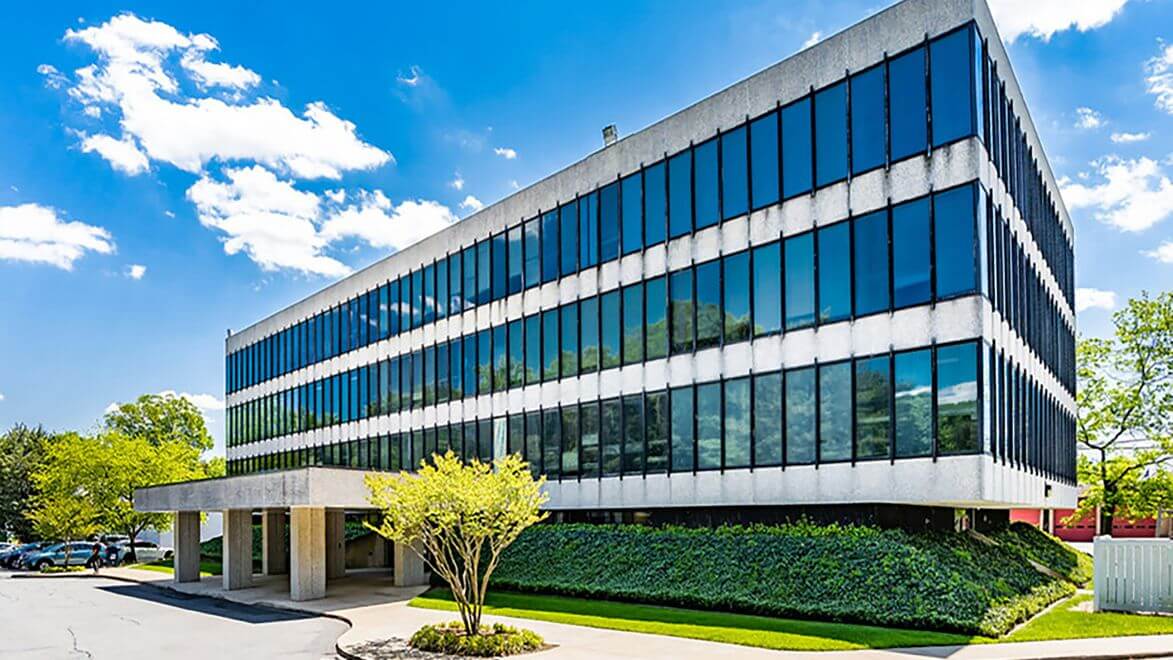Hyperhidrosis and Excessive Sweating
Hyperhidrosis, a prevalent condition characterized by excessive sweating, can profoundly affect daily activities and self-confidence. At Pinnacle Dermatology, our team of experts is dedicated to understanding and managing hyperhidrosis, which commonly impacts the underarms, palms, and soles of the feet. This condition goes beyond normal perspiration, leading to persistent dampness and potential discomfort.
Types of Hyperhidrosis
Primary Focal Hyperhidrosis is the most common type and typically lacks an identifiable cause. It is usually localized to specific areas such as the palms, soles of the feet, underarms, or face. Genetic factors often play a role, as it tends to run in families, affecting individuals from an early age.
Secondary Generalized Hyperhidrosis, on the other hand, is linked to underlying medical conditions or can be a side effect of certain medications. This type of hyperhidrosis often presents as excessive sweating across larger areas of the body.
If you are seeking relief from hyperhidrosis, our dermatologists offer personalized care and advanced treatment options. At Pinnacle Dermatology, we prioritize a comprehensive evaluation to understand the specifics of your condition. Our goal is to provide effective management strategies tailored to enhance your comfort and quality of life. Schedule an appointment with a trusted Pinnacle Dermatology provider today to take the first step towards managing your hyperhidrosis.
Examples of Hyperhidrosis
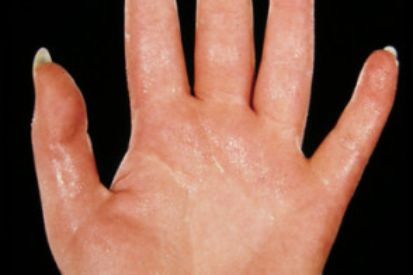
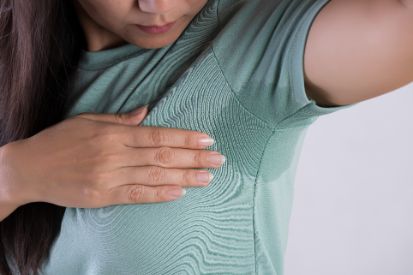
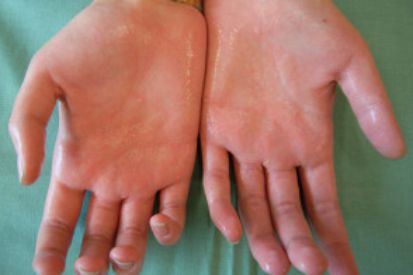
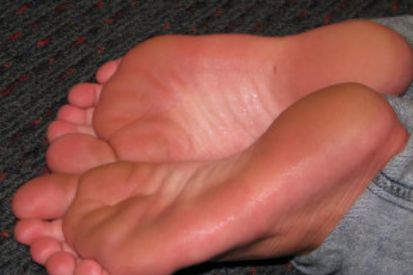
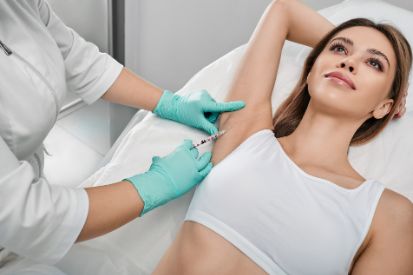
What are the Symptoms of Hyperhidrosis?
- Frequent or abnormal amounts of sweating, specifically in areas of the body such as the palms, soles of the feet, underarms, and groin area.
- Excessive sweating when conditions for sweating do not exist.
- Night sweats in normal health.
What Causes Hyperhidrosis?
- Genetic factors may play a role, as it often runs in families.
- Underlying medical condition
- Side effect of medications.
- Diabetes.
- Gout.
- Menopause.
- Allergic reaction to medications.
- Cancer.
- Stressful situations.
Hyperhidrosis Prevention
Hyperhidrosis FAQs
Dermatologists provide a range of treatment options to effectively manage hyperhidrosis, tailored to meet the unique needs of each patient. Here are some of the primary treatments available:
Topical Medications:For mild to moderate cases of hyperhidrosis, dermatologists often recommend prescription-strength antiperspirants. These topical medications contain aluminum chloride, which helps to reduce sweating by blocking the sweat glands. Regular application can significantly decrease sweat production and improve comfort.
BOTOX® Injections:BOTOX® is a highly effective treatment for more severe cases of hyperhidrosis, particularly in the underarms. By injecting botulinum toxin into the affected areas, dermatologists can temporarily block the nerve signals responsible for sweating. This treatment typically provides relief for several months and can be repeated as necessary.
In-Office Procedures:
MiraDry®:MiraDry® is an advanced, non-invasive procedure that uses thermal energy to target and eliminate sweat glands in the underarms. This treatment not only reduces excessive sweating but also minimizes odor and hair growth. Results are usually long-lasting, with a significant reduction in sweating after just one or two sessions.
Iontophoresis:Iontophoresis is a treatment option for hyperhidrosis affecting the hands and feet. This procedure involves immersing the affected areas in water while a mild electrical current is passed through the skin. This helps to temporarily shut down the sweat glands, providing relief from excessive sweating.
Microwave Thermolysis:Similar to MiraDry®, this procedure uses microwave technology to target and destroy sweat glands. It is particularly effective for underarm hyperhidrosis and offers long-lasting results with minimal downtime.
Oral Medications:For patients with generalized hyperhidrosis or those who do not respond to other treatments, dermatologists may prescribe oral medications. These include anticholinergics, which reduce sweating by inhibiting the activity of sweat glands. However, these medications can have side effects and are typically used when other treatments are ineffective.
Dermatologists work closely with patients to determine the most suitable and effective approach for managing hyperhidrosis. By considering the severity of the condition, the specific areas affected, and the patient's overall health, they develop a personalized treatment plan aimed at enhancing the patient's comfort and quality of life.
Yes, hyperhidrosis can be linked to various skin issues. Excessive sweating creates a consistently moist environment, which can lead to skin maceration, where the skin becomes soft and breaks down more easily. This increases the risk of infections such as fungal infections, particularly in areas like the feet (athlete's foot) or the groin. Bacterial infections, including folliculitis (inflammation of hair follicles) and cellulitis (a more serious infection of the deeper skin layers), can also occur more frequently in individuals with hyperhidrosis.
Additionally, constant dampness and friction can lead to skin irritation and conditions such as eczema or dermatitis. People with hyperhidrosis might also experience heat rashes or miliaria, caused by blocked sweat ducts. These skin issues not only cause discomfort but can also significantly impact the quality of life. Managing hyperhidrosis effectively is crucial not only for reducing excessive sweating but also for preventing these associated skin complications.
Yes, there are specialized antiperspirants designed specifically for managing hyperhidrosis. Dermatologists can recommend prescription-strength antiperspirants that are formulated to effectively reduce excessive sweating. These specialized antiperspirants typically contain higher concentrations of active ingredients, such as aluminum chloride, which work by temporarily blocking the sweat glands and reducing sweat production.
In addition to aluminum chloride, some prescription-strength antiperspirants may include other active compounds that enhance their efficacy. These products are often more potent than over-the-counter options and are applied according to a dermatologist's specific instructions to maximize their effectiveness while minimizing potential skin irritation. By consulting with a dermatologist, patients with hyperhidrosis can receive personalized recommendations for antiperspirants that are best suited to their individual needs, ensuring optimal management of their condition.
Yes, BOTOX® can be an effective treatment for excessive sweating, also known as hyperhidrosis. BOTOX® works by temporarily blocking the chemical signals from the nerves that stimulate sweat glands. When these signals are interrupted, the targeted sweat glands reduce their activity, significantly decreasing sweat production in the treated areas. This treatment is commonly used for areas such as the underarms, palms, and feet.
The procedure involves injecting small amounts of BOTOX® directly into the skin of the affected areas. The effects typically last for several months, providing relief from excessive sweating and improving the patient's quality of life. Many patients experience a noticeable reduction in sweating within a few days of treatment, with full results developing within one to two weeks. Regular maintenance treatments can help sustain the benefits, making BOTOX® a reliable option for managing hyperhidrosis. Consulting with a dermatologist is essential to determine if BOTOX® is the right treatment for an individual's specific condition.
Yes, MiraDry® is an effective, FDA-cleared solution specifically designed to significantly reduce underarm sweat. This innovative treatment utilizes microwave energy to target and eliminate sweat glands in the underarm area, providing a long-lasting reduction in sweating. Since sweat glands do not regenerate once removed, MiraDry® offers a more permanent solution compared to other treatments.
The MiraDry® procedure is quick, non-invasive, and performed in-office by a trained dermatologist. Typically, the treatment session lasts about one hour, and most patients experience a substantial reduction in sweat after just one session, though some may require a second session for optimal results. Besides reducing sweat, MiraDry® also addresses underarm odor and hair, making it a comprehensive solution for underarm concerns.
Clinical studies and patient experiences have demonstrated that MiraDry® is both safe and effective, with minimal downtime and few side effects. Patients can usually return to their normal activities immediately after the procedure, although some may experience temporary swelling, redness, or discomfort in the treated area. If you are seeking a more permanent and non-invasive solution to excessive underarm sweating, consulting with a dermatologist about MiraDry® could be a beneficial step towards achieving your goals.
Treatment Options for Hyperhidrosis
- Prescription medications.
- Prescription antiperspirants.
- miraDry® (electromagnetic therapy for underarm perspiration).
- Botox® injections.
- And, in extreme cases, surgical procedures.
Featured Blogs
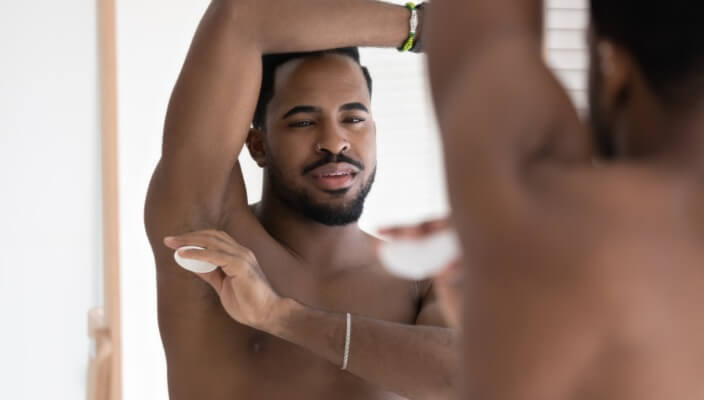
- General Dermatology
- Cosmetic Treatments
There’s nothing discrete about excessive armpit sweating. And with the obvious wet or sweat-stained clothing and worrisome body odor, it’s easy to feel uncomfortable, frustrated, and embarrassed.
Read More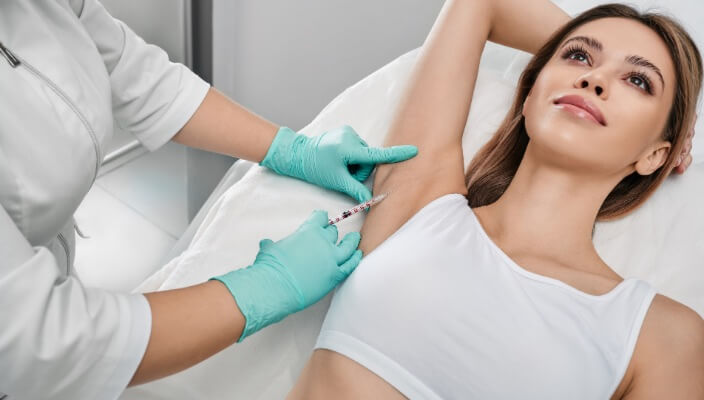
- General Dermatology
While sweating, our body’s natural cooling system helps regulate our internal temperature, too much of a good thing can lead to serious skin issues.
Read More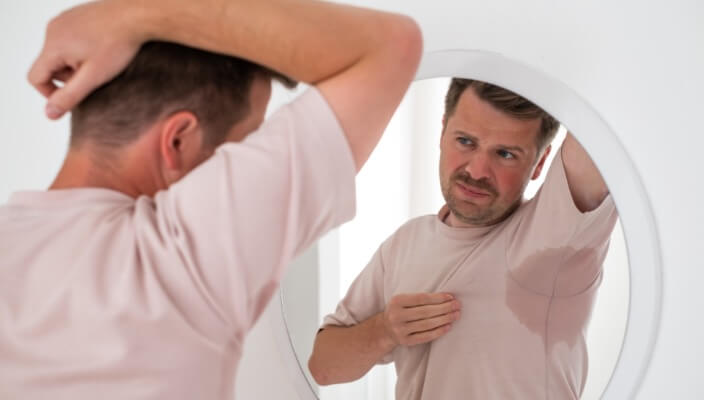
- General Dermatology
Explore the intricacies of hyperhidrosis, gaining insights into its two distinct types, and discover professional solutions for effective management of excessive sweating.
Read MoreFeatured Products for Hyperhidrosis

CLn BodyWash
CLn BodyWash is designed for infection- and eczema-prone skin. It is an effective cleanser that is tough on the microbes but gentle on skin. Designed for skin prone to infection, irritation, dermatitis, redness, folliculitis, acne, eczema and compromised skin. 12 fl oz / 354 mL

EltaMD Moisture-Rich Body Cream
EltaMD Moisture-Rich Body Crème infuses compromised and dry, flaky, sensitive skin with long-lasting moisture and essential nutrients. It is the ideal daily moisturizer to help achieve and maintain softer, smoother, healthy-looking skin. 8 oz / 226 g

